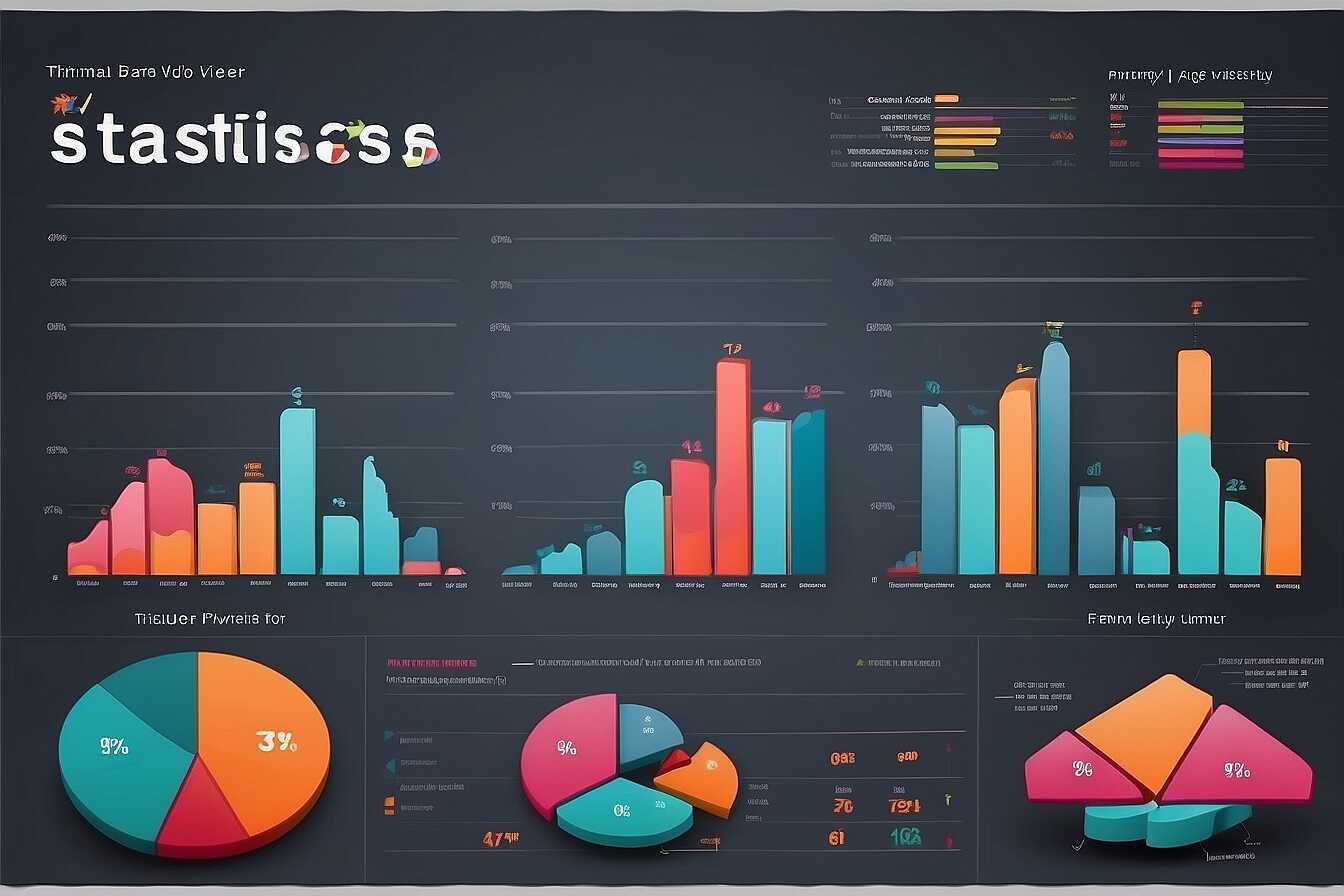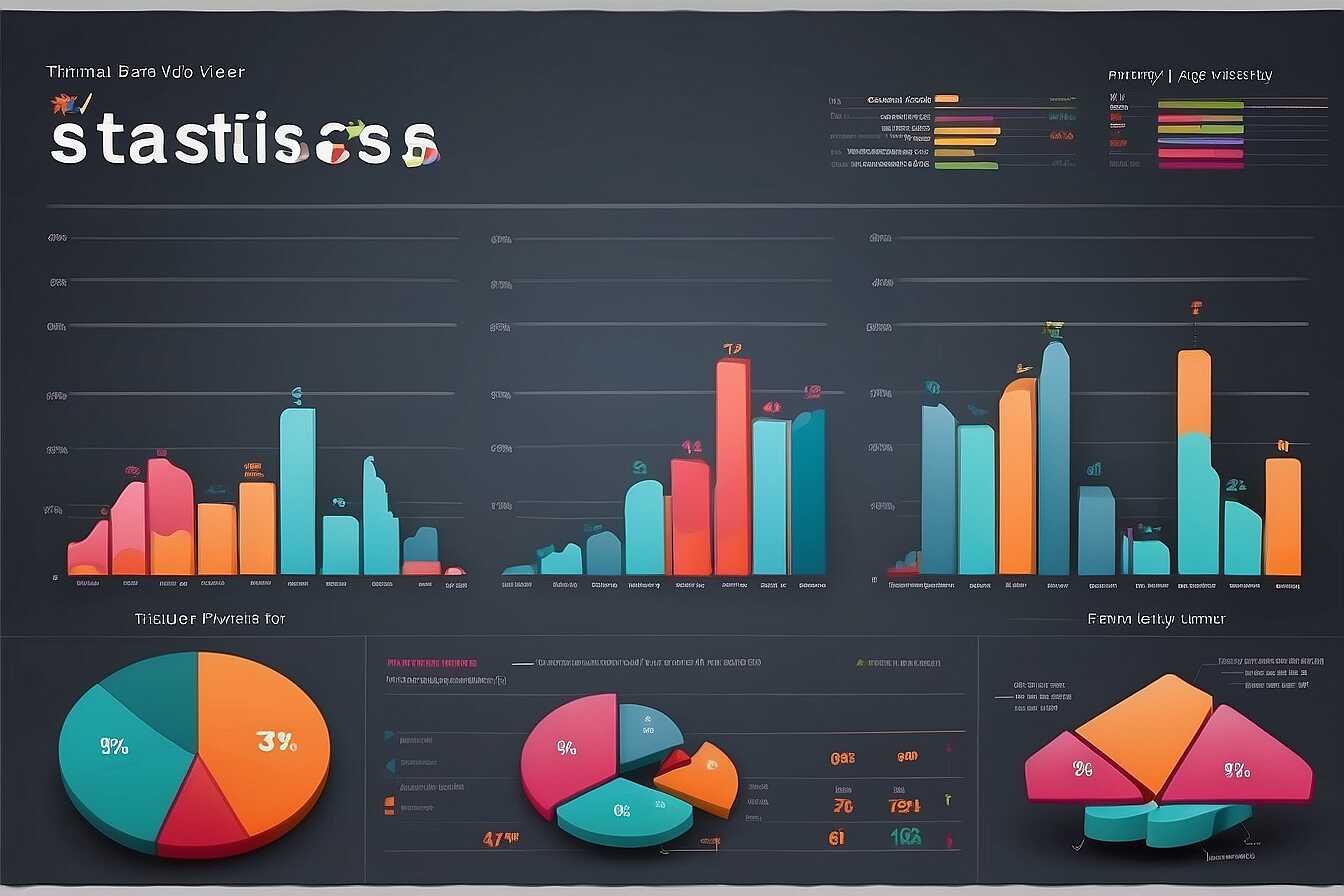Core Web Vitals are essential metrics that reflect how users experience your website’s performance. Understanding these factors is critical for improving site speed, stability, and overall user satisfaction. At Metrics Rule, we focus on optimizing these Core Web Vitals to enhance technical SEO and drive better engagement on your site. By mastering these important metrics, website owners and digital marketers can effectively boost their online presence and achieve higher search rankings.
Understanding the Fundamentals of Core Web Vitals
Core Web Vitals are essential metrics that measure user experience on websites. They focus on three critical areas: loading performance, interactivity, and visual stability. The three main metrics are Largest Contentful Paint (LCP), First Input Delay (FID), and Cumulative Layout Shift (CLS). Together, these metrics provide insights into how well a website performs during user interaction. Proper understanding of Core Web Vitals can greatly enhance website performance, particularly for e-commerce sites where seamless user experience is crucial for conversions.
Importance of Core Web Vitals for E-Commerce Websites
For e-commerce websites, Core Web Vitals play an essential role in retaining customers and boosting sales. A slow-loading page can lead to high bounce rates, where visitors leave before making a purchase. For example, LCP measures loading speed, aiming for a value under 2.5 seconds to ensure a fast, responsive experience. FID focuses on interactivity, with a recommended maximum of 100 milliseconds. Meanwhile, CLS measures visual stability, with a score of less than 0.1 considered good. By optimizing these three metrics, e-commerce businesses can enhance user satisfaction, improve conversions, and ultimately support their SEO strategies, aligning with the practices promoted by Metrics Rule in Vancouver.
How to Accurately Measure Core Web Vitals
Measuring Core Web Vitals accurately is essential for ensuring your website offers a high-quality user experience. You can use several tools to gather reliable performance data. Google PageSpeed Insights provides a comprehensive analysis, offering scores for Largest Contentful Paint (LCP), First Input Delay (FID), and Cumulative Layout Shift (CLS). Furthermore, Lighthouse, a built-in feature in Chrome Developer Tools, enables you to run performance audits directly on your webpage. Additionally, using the Chrome User Experience Report allows you to access real-user data over time. When optimizing your site, results may take several weeks to manifest, so patience is key to seeing improvements in Core Web Vitals.
Tools for Measuring Core Web Vitals
While there are several Core Web Vitals tools available, three particularly stand out for their reliability and efficiency. Google PageSpeed Insights is a leading platform that provides performance reports that include LCP, FID, and CLS metrics. It delivers easy-to-understand suggestions for improvements. Another useful resource, Lighthouse, offers detailed performance audits, enabling users to analyze specific performance aspects with ease. Finally, Web Vitals Chrome Extension brings performance metrics directly to your browser, allowing for simple and quick assessments of page performance. By regularly using these tools, you can enhance your site’s performance and stay ahead in competitive markets like e-commerce and local SEO in Vancouver.

The Role of Core Web Vitals in Enhancing User Experience
Core Web Vitals are a set of user experience metrics that significantly influence user satisfaction. These metrics—Largest Contentful Paint (LCP), First Input Delay (FID), and Cumulative Layout Shift (CLS)—are essential for assessing website performance. Improving these metrics helps create a reliable and comfortable browsing experience, which directly affects user retention. Studies show that websites with optimized Core Web Vitals can see a considerable increase in conversion rates. For instance, a site with an LCP score of under 2.5 seconds can help ensure that users feel satisfied and less likely to leave the page prematurely.
Essential Strategies for Optimizing Core Web Vitals
To achieve optimal scores in Core Web Vitals, website owners must employ several effective optimization techniques. One important strategy is to enhance server response times by optimizing web hosting and back-end processes. For example, reducing server response time to under 200 milliseconds can improve the LCP score. Additionally, ensuring that images are properly sized and compressed helps deliver robust performance metrics across devices. E-commerce websites particularly benefit from optimizing these elements because they directly affect user satisfaction and shopping efficiency. Regularly testing website performance through analytics tools provides insights into specific areas needing improvement, ensuring that the website remains competitive and appealing to users.
Key Measurements Relevant to Page Performance
- Largest Contentful Paint tends to measure loads in under 2.5 seconds.
- First Input Delay ideally stays under 100 milliseconds to ensure responsiveness.
- Cumulative Layout Shift should have a score of less than 0.1 to avoid layout shifts.
- Research shows 70% of users expect a page to load in less than 3 seconds.
- About 53% of mobile users abandon pages that take over 3 seconds to load.
- Improving these metrics can lead to a 20% increase in user satisfaction.
- Google considers these metrics as ranking factors in its search algorithm.

Identifying Common Factors That Hurt Core Web Vitals Scores
Common issues affecting Core Web Vitals scores include slow loading times, large images, and unoptimized third-party scripts. Slow loading can be due to poor server response or resource-heavy websites. Large images may slow down page load speed and negatively impact the Largest Contentful Paint (LCP), which should ideally be under 2.5 seconds for optimal user experience. Additionally, excessive rendering tasks and JavaScript can lead to poor interaction responsiveness, increasing First Input Delay (FID) scores, making your site feel sluggish. Recognizing these common factors allows users to implement necessary optimization corrections for improved performance.
Strategies for Enhancing Core Web Vitals Performance
To enhance Core Web Vitals performance, it’s crucial to compress images and use modern formats like WebP, which significantly reduce load times. Additionally, consider lazy loading images to ensure they only load when visible. Minifying CSS and JavaScript files can enhance loading speed and responsiveness. Implementing a Content Delivery Network (CDN) can help improve server response times, ensuring users from various locations experience fast loading speeds. Lastly, regular testing and monitoring using tools like Google PageSpeed Insights helps identify specific areas for improvement. The goal is to ensure all elements contribute positively to Core Web Vitals, thereby enhancing the overall user experience.

Practical Strategies for Optimizing Core Web Vitals
Improving Core Web Vitals involves several actionable strategies. Start by analyzing your site’s performance with tools like Google PageSpeed Insights or Lighthouse. These tools provide reliable data on LCP (Largest Contentful Paint), FID (First Input Delay), and CLS (Cumulative Layout Shift). To enhance site speed, consider optimizing your images by compressing them without losing quality. This process ensures that your site is fast and efficient. Additionally, implement lazy loading for images and videos to reduce initial load time. A thorough review of your site’s hosting can also yield great benefits, as selecting a reliable hosting service can significantly enhance your website’s efficiency.
Testing and Monitoring Core Web Vitals for Continuous Improvement
Continuous testing and monitoring of Core Web Vitals are essential for maintaining site performance. Use tools like Google Analytics to track changes and improvements. Run A/B tests to see how adjustments affect user experience. For instance, testing different image formats can reveal which version loads faster and is perceived as more visually appealing. Regularly reviewing your site’s performance ensures that you are aware of any degradation in Core Web Vitals. This ongoing process helps your e-commerce site remain competitive in a fast-paced digital landscape while providing the best possible experience for users.
Positive Outcomes of Performance Improvements
- Improved user experience leads to increased page engagement.
- Higher site speed can directly improve rankings and visibility.
- Low input delays boost user interaction rates significantly.
- Better scores in key metrics can lead to lower bounce rates.
- Speed improvements often increase conversion rates for e-commerce sites.
- Optimized layout stability enhances overall aesthetic appeal of pages.
- Users often develop brand loyalty when site performance meets expectations.

Core Web Vitals and Their Connection to SEO Success
Core Web Vitals significantly impact SEO rankings by assessing aspects like loading speed, interactivity, and visual stability. These metrics help search engines like Google determine a site’s user experience quality. Websites that perform well in these areas are more likely to rank higher, as search engines prioritize user satisfaction. The main components of Core Web Vitals include Largest Contentful Paint (LCP), which measures loading performance; First Input Delay (FID), which evaluates interactivity; and Cumulative Layout Shift (CLS), which assesses visual stability. By optimizing these areas, site owners can enhance their SEO performance and improve user retention. Research shows that up to 53% of users abandon a site that takes over three seconds to load, indicating the importance of fast loading times in retaining visitors.
Tailoring Core Web Vitals for Technical SEO
To effectively tailor Core Web Vitals for technical SEO, website owners and developers must focus on strategies that enhance loading speeds, minimize delays, and ensure visual consistency. Using tools like Google PageSpeed Insights, you can analyze your site’s performance and identify areas for improvement. Prioritize the optimization of images and resources to reduce LCP times, and implement lazy loading for images and videos. Ensuring that all third-party scripts are running asynchronously can minimize FID issues, providing a smoother user experience. Additionally, structuring your content to maintain a low CLS reduces unexpected layout shifts. Using AI-driven tools can help automate these optimizations, enabling reliable and efficient improvements in site performance. Metrics Rule in Vancouver specializes in this aspect of technical SEO, ensuring your site not only meets but exceeds the standards set for Core Web Vitals.
Tools and Resources for Ongoing Core Web Vitals Monitoring
To effectively monitor your Core Web Vitals, several tools stand out. Google’s PageSpeed Insights is essential for analyzing page performance, providing detailed scores for each Core Web Vital metric. Additionally, Lighthouse, an open-source tool embedded in Chrome DevTools, evaluates performance, accessibility, and SEO. Other useful tools include WebPageTest, which offers advanced testing capabilities, and GTmetrix, which delivers comprehensive reports on load times and performance. Each of these tools enhances your ability to make informed adjustments to improve website performance continuously. Regular testing is crucial, so aim for a minimum of once a month to ensure your site maintains optimal performance.
Top Features to Consider in Monitoring Tools
When choosing Core Web Vitals monitoring tools, look for features that prioritize reliability and usability. Tools should provide real-time analytics to identify issues as they arise and offer historical data comparison for performance tracking over time. Alerts for performance dips enhance your ability to respond quickly. Another feature to consider is user experience validation, ensuring that your optimizations positively impact real visitors. Some tools incorporate AI-driven insights to streamline data interpretation and provide actionable recommendations. Selecting tools that incorporate these features will ensure your website remains optimized and capable of achieving excellent Core Web Vitals scores.
Brands Focused on Page Load Metrics and Their Target Audiences
- Google Analytics provides data-driven insights but requires technical knowledge to interpret.
- PageSpeed Insights is user-friendly but lacks comprehensive analytics features.
- HubSpot offers educational resources for website owners looking to optimize their sites.
- Wix attracts small business owners with easy-to-use templates and integrated performance tools.
- Shopify focuses on e-commerce brands, offering built-in performance metrics.
- Squarespace caters to creatives with visually appealing templates and basic load performance tools.
- Medium provides a reading platform optimized for speed and user engagement, targeting writers and content creators.
Emerging Trends in Web Performance and Core Web Vitals
Keeping up with the latest trends in Core Web Vitals is essential for website owners. In 2025, more emphasis will be placed on mobile usability and the loading speed of websites. The three primary metrics—Largest Contentful Paint (LCP), First Input Delay (FID), and Cumulative Layout Shift (CLS)—will continue to influence web performance significantly. A noteworthy trend is the increased reliability of testing tools used to assess these metrics. Furthermore, companies will focus on enhancing the overall user experience by implementing adaptive design strategies that ensure content is fast and reliable on all devices. More tools will incorporate AI-driven analyses to provide recommendations for improving web performance.
Key Metrics to Watch in Core Web Vitals
As we move into 2025, understanding key metrics within Core Web Vitals is critical. Largest Contentful Paint (LCP) should ideally be under 2.5 seconds to enhance user satisfaction. First Input Delay (FID) of less than 100 milliseconds will ensure users can interact smoothly. Additionally, aiming for a Cumulative Layout Shift (CLS) score of less than 0.1 will prevent annoying layout shifts. These metrics are designed to improve user experience, leading to better SEO and increased traffic from search engines like Google and Bing. Metrics Rule, based in Vancouver, emphasizes the importance of consistent testing and monitoring to achieve these results effectively.
